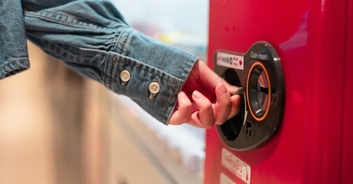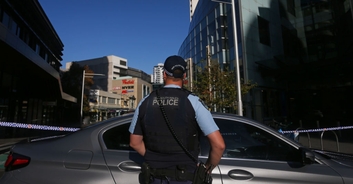The ocean is so monumentally big that we have only explored approximately five percent of it - so when ships go down, it's likely they won't be found for years, if at all. It has taken hundreds of years for some sea vessels to be found, and usually, that's because they sunk close enough to the coast that they weren't lost to the endless depths of the sea.
Occasionally, there's more to be found than a flashback to the 1800s, as is the case with the sunken vessel discovered off the coast of Colombia. Researchers with the Massachusetts-based Woods Hole Oceanographic Institution (WHOI) helped to uncover the San Jose, a 62- gun, three-masted Spanish galleon that sank near the Baru Peninsula in 1708. On board, they found gold, silver, emeralds, and various other priceless objects - estimated to be worth up to $10 billion.
The ship, which was sunk during a battle with the British in the War of Spanish Succession, was uncovered off the coast of Cartagena, Colombia in 2015, but only now are the details about its bounty been shared.
It was a team of international scientists and engineers during an expedition aboard the Colombian Navy research ship ARC Malpelo that made the discovery, with their findings dubbed by many marine archaeologists as the "holy grail of shipwrecks".
The WHOI have now been granted permission to share information about the treasure, after obtaining authorization from Maritime Archaeology Consultants and the Colombian government.
For the excavation, they used an autonomous vehicle called the REMUS 6000, which has previously played an instrumental role in finding the wreckage of Air France 447 in 2011. The aeroplane had crashed in 2009, hundreds of miles off the coast of Brazil.
"The REMUS 6000 was the ideal tool for the job, since it’s capable of conducting long-duration missions over wide areas," said WHOI engineer and expedition leader Mike Purcell.
"The wreck was partially sediment-covered, but with the camera images from the lower altitude missions, we were able to see new details in the wreckage and the resolution was good enough to make out the decorative carving on the cannons."












